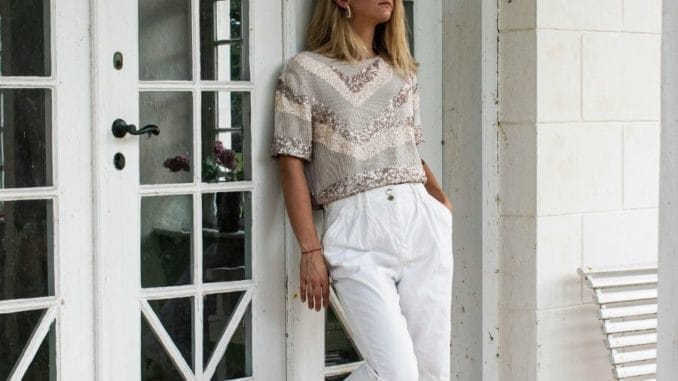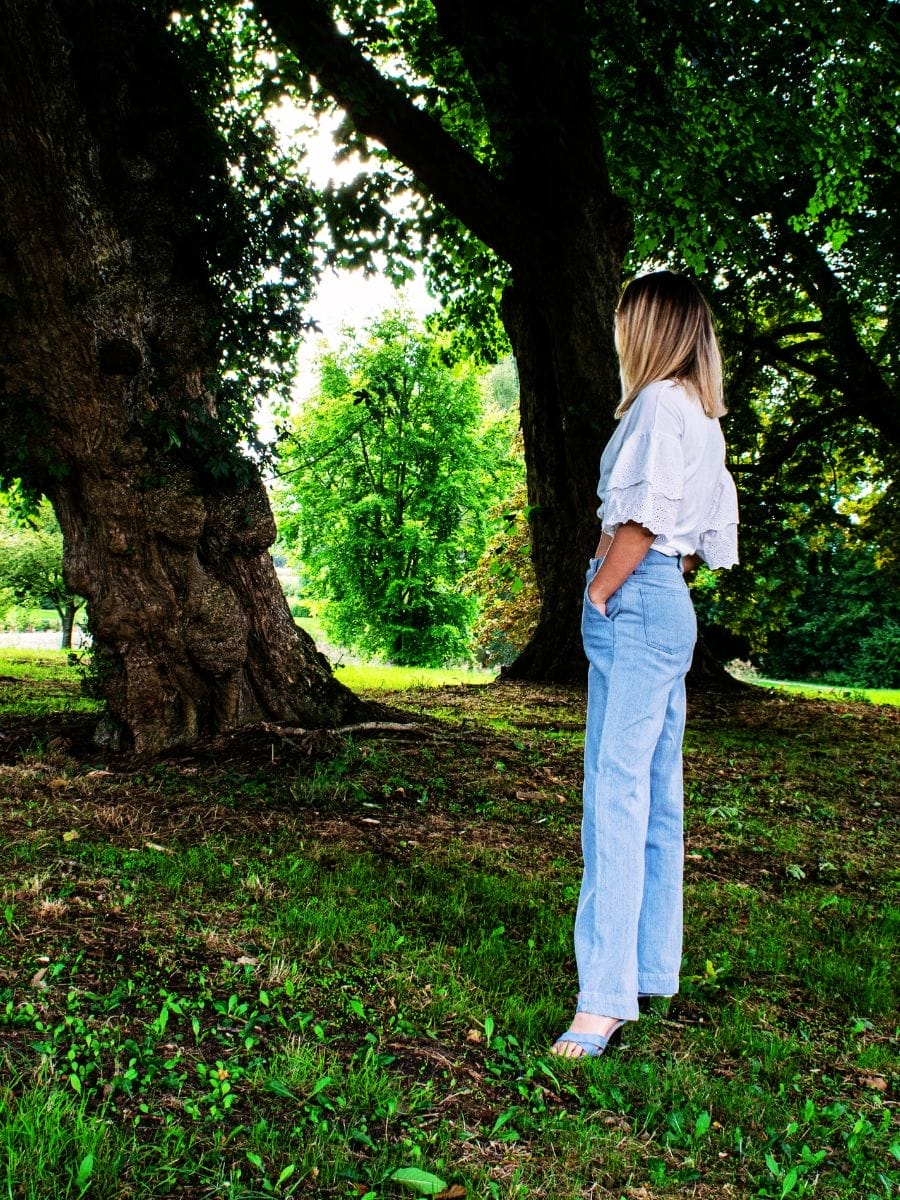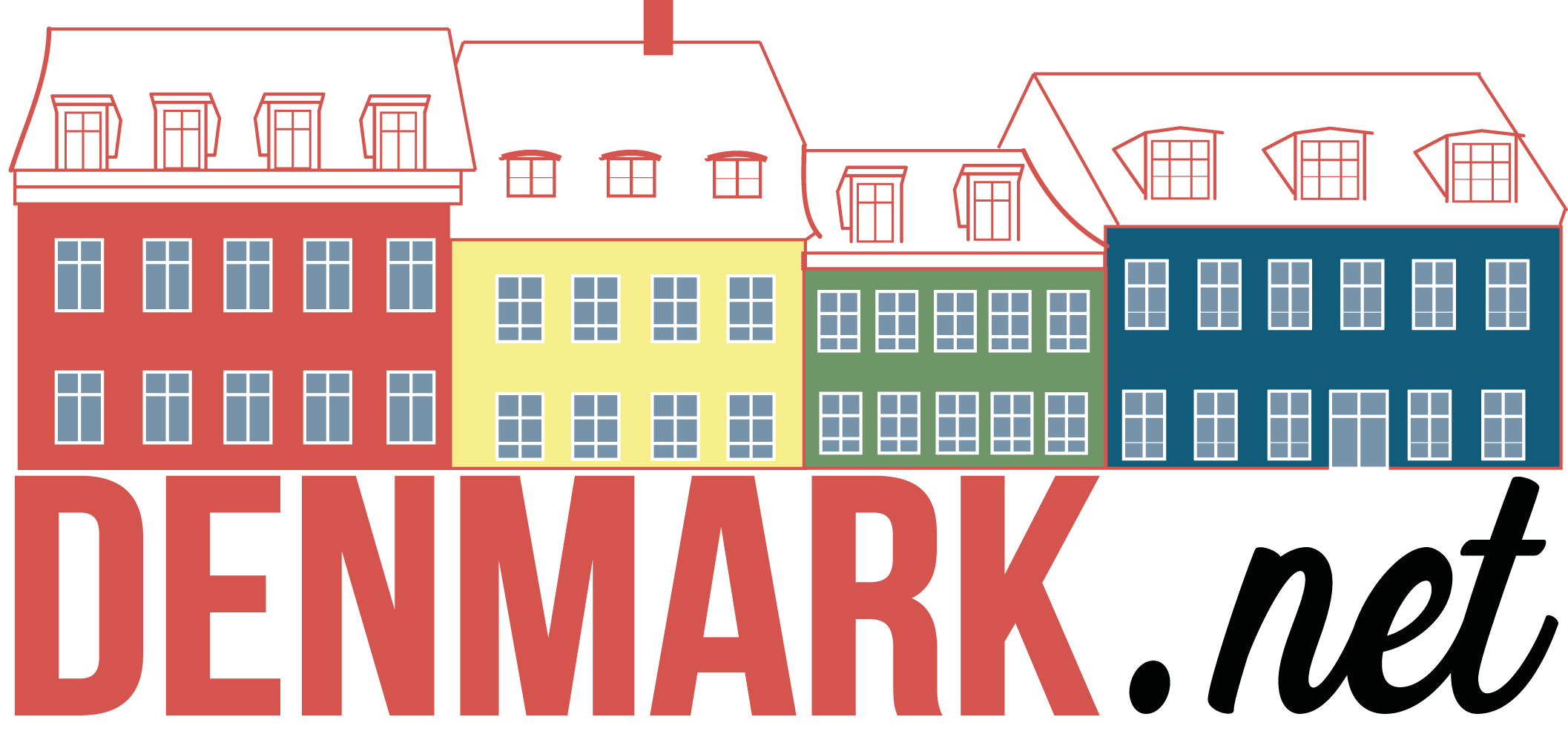
Danish style is often described as effortlessly chic, combining practicality, comfort, and understated elegance.
This approach to fashion is deeply rooted in the concept of “hygge,” a Danish term that encompasses coziness, warmth, and contentment.
In Denmark, fashion isn’t about chasing trends; it’s about creating a look that feels comfortable, authentic, and timeless.
Let’s explore how the Danish sense of “hygge” shapes fashion, creating a unique aesthetic that stands out for its simplicity and functionality.
Contents
- 1 Understanding Danish Style
- 2 The Foundation of Danish Style: Comfort and Practicality
- 3 The Danish Fashion Scene
- 4 Hygge in Danish Fashion: Cozy, Relaxed, and Unpretentious
- 5 Minimalist Approach: Quality Over Quantity
- 6 Copenhagen Fashion Week
- 7 Hair and Makeup: Low-Key and Natural
- 8 Sustainability: An Essential Aspect of Danish Style
- 9 Final word
Understanding Danish Style

Danish style is a unique blend of minimalist chic and effortless elegance.
It’s characterized by a focus on quality over quantity, with an emphasis on timeless pieces that can be mixed and matched to create a variety of outfits. Neutral colors, clean lines, and a lack of flashy logos are all hallmarks of Danish style.
This approach to fashion is deeply rooted in the country’s cultural heritage, where simplicity and practicality are highly valued. Danish fashion is not about making loud statements but about creating a cohesive, polished look that feels both modern and timeless.
Whether it’s a perfectly tailored pair of pants or a cozy, oversized sweater, each piece is chosen for its ability to stand the test of time and adapt to different settings.
The Foundation of Danish Style: Comfort and Practicality

Danish style emphasizes comfort as much as it does appearance. In a country where the weather can be unpredictable, clothing needs to be versatile, functional, and suited to the climate.
Danes are known for dressing in layers, allowing them to adapt to sudden changes in temperature or weather.
This practicality is balanced with style, ensuring that each piece works seamlessly with others to create a cohesive, polished look. Baggy jeans are a staple in Danish fashion, reflecting a broader shift towards comfort and casual styles.
Key Elements of Danish Fashion:
- Layers, Layers, Layers: From cozy sweaters and scarves to durable coats and jackets, layering is essential. This approach not only provides warmth but also allows Danes to mix and match outfits easily, creating multiple looks with fewer items.
- Quality Fabrics: Danish fashion often features high-quality, natural fabrics like wool, cotton, and linen. These materials are not only comfortable and durable but also sustainable, aligning with Denmark’s eco-conscious culture.
- Neutral Colors and Minimal Patterns: Danes tend to favor neutral color palettes—think shades of black, grey, navy, beige, and white. These colors are versatile and timeless, making them easy to style and adapt. Patterns are used sparingly, with stripes or simple checks adding subtle interest without overpowering the outfit.
The Danish Fashion Scene

The Danish fashion scene is a thriving and influential industry that has gained international recognition in recent years. Copenhagen Fashion Week is a major event that showcases the best of Danish fashion, with a focus on sustainability, diversity, and creativity.
The city is home to a number of renowned fashion brands, including Saks Potts, Ganni, and Stine Goya, which are known for their bold and eclectic designs.
Vintage stores and second-hand shops are also a big part of the Danish fashion scene, offering a unique and sustainable way to shop. These stores are treasure troves of sartorial inspiration, allowing fashion enthusiasts to find one-of-a-kind pieces that add a personal touch to their wardrobes.
The Danish fashion scene is a perfect blend of the old and the new, where tradition meets innovation, creating a dynamic and ever-evolving landscape.
Hygge in Danish Fashion: Cozy, Relaxed, and Unpretentious

The essence of “hygge” is all about creating warmth and comfort, and this is reflected in Danish fashion choices. Clothing is selected with comfort in mind, from oversized sweaters to relaxed-fit pants.
The goal is to feel at ease in one’s clothing, whether at home, at work, or out with friends.
Tailored pants are a staple in Danish professional wear, emphasizing functionality and comfort while maintaining a chic appearance.
- Casual Meets Chic: Danish style often combines casual pieces with slightly more polished items, creating a look that feels put together but not overdone. For example, a classic pair of jeans paired with a tailored blazer and sneakers is a typical Danish outfit. This blend of casual and chic allows for maximum comfort without sacrificing style.
- The “Wrong Shoe” Theory: A popular trend in Danish fashion is to pair unexpected footwear with an outfit, often called the “wrong shoe” theory. This concept, popularized by stylist Allison Bornstein, showcases a laid-back and casual approach to Danish fashion. Instead of the obvious choice of heels with a dressy outfit, a Dane might choose sturdy boots or sneakers. This creates an interesting contrast that feels relaxed and down-to-earth while still being stylish, embodying the ‘super Danish' style where outfits are intentionally mismatched to create an unexpected and unique look.
Minimalist Approach: Quality Over Quantity

Danish fashion prioritizes quality over quantity, with an emphasis on well-made, long-lasting pieces. Rather than filling closets with fast fashion, Danes invest in a few staple items that can be worn across various occasions.
This minimalist approach is both sustainable and practical, reflecting a cultural preference for simplicity and mindfulness.
Danish brands are gaining a growing reputation in global markets for their focus on functionality, innovative designs, and the importance of creating capsule wardrobes.
Key Wardrobe Staples:
- Well-Cut Jeans: A staple in any Danish wardrobe, jeans are chosen for their fit and versatility. Dark wash jeans are particularly popular as they work well in both casual and semi-formal settings.
- Classic Outerwear: Coats are an essential part of Danish style, especially given the chilly weather. Trench coats, tailored wool coats, and even oversized parkas are common choices, selected for both warmth and style.
- Simple Sneakers and Boots: Footwear in Danish fashion is often comfortable and practical, like sleek leather boots or classic sneakers. These shoes pair well with various outfits, from jeans and a sweater to a dress and a coat.
- Neutral Sweaters and Turtlenecks: Sweaters are central to the Danish wardrobe, especially those in neutral shades that can be layered or worn as standalone pieces. Turtlenecks are also popular for both warmth and elegance, making them an effortless addition to any outfit.
Copenhagen Fashion Week

Copenhagen Fashion Week is one of the most important events in the Danish fashion calendar.
It’s a platform for both established and emerging designers to showcase their latest collections, and it attracts a global audience of fashion industry professionals, influencers, and enthusiasts.
The event is known for its focus on sustainability, diversity, and creativity, and it’s a great place to spot the latest trends and must-have pieces.
From street style photographers capturing the best looks to fashion week attendees showcasing their unique styles, Copenhagen Fashion Week is a hub of sartorial inspiration and a must-visit destination for anyone interested in fashion.
The event not only highlights the best of Danish fashion but also sets the stage for global trends, making it a key player in the international fashion scene.
Hair and Makeup: Low-Key and Natural

In line with the minimalist aesthetic, Danish beauty routines are low-maintenance and natural. Hair is often styled in loose waves or left straight, with a slight tousle for a “just rolled out of bed” look that feels effortless.
Similarly, makeup is kept light, often focusing on dewy skin, a touch of mascara, and maybe a pop of natural lip color. The goal is to look fresh and polished without appearing overly styled or made-up.
Everyday Danish Beauty Routine:
- Natural Hair Texture: Danes tend to let their hair dry naturally or use minimal styling products. Salt sprays or light texturizers may be used to enhance natural waves, but the goal is an easygoing, effortless look.
- Subtle Makeup: Makeup is kept light and fresh, focusing on enhancing natural features. A bit of mascara, a hint of blush, and a natural lip balm are enough for most Danes, reflecting a preference for simplicity.
Sustainability: An Essential Aspect of Danish Style

Sustainability isn’t just a trend in Denmark—it’s a way of life. Danish fashion brands often emphasize ethical production practices, fair labor, and environmentally friendly materials.
Many people in Denmark choose to support local brands that prioritize sustainability, such as Ganni, which is known for its eco-friendly practices and versatile pieces that capture Danish style.
This emphasis on sustainability is also why many Danes prefer timeless, durable clothing that won’t need replacing season after season.
Sustainable Fashion Practices in Denmark:
- Buying Less, Choosing Well: Danes generally favor fewer, high-quality items that can be worn in multiple ways over a wardrobe full of trendy, short-lived pieces.
- Supporting Local and Ethical Brands: Danish consumers are mindful about where their clothes come from, often supporting brands that align with their values of sustainability and ethical production.
- Thrift Shopping and Second-Hand: Buying second-hand and thrifting is common in Denmark, allowing people to find unique pieces while reducing waste.
Final word
In Denmark, fashion isn’t about following the latest trends—it’s about building a wardrobe that’s functional, stylish, and authentically you.
Danish style, much like the concept of “hygge,” is about finding beauty in simplicity and comfort. It’s about wearing clothes that fit well, feel good, and look timeless.
If you're curious, find out how cultural influences have shaped Danish beauty standards over the years, adding to the diverse and evolving landscape of Danish aesthetics.

Be the first to comment